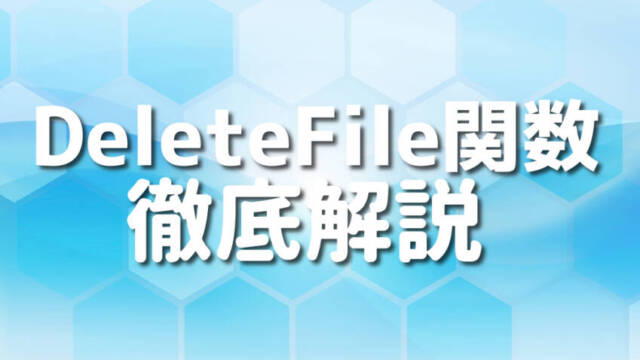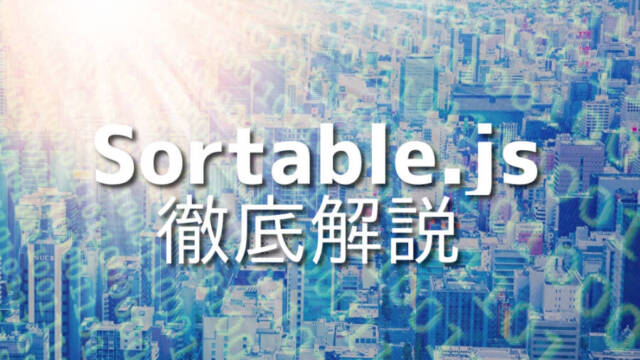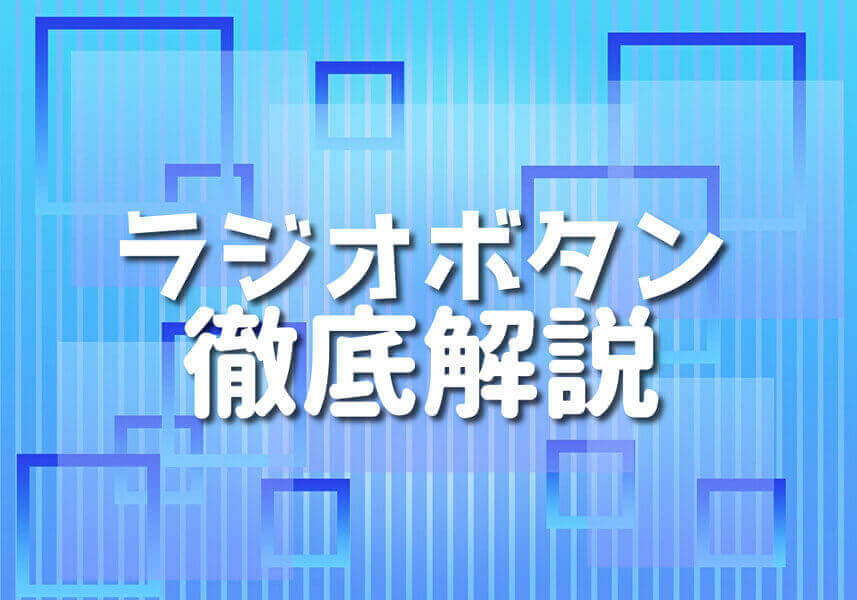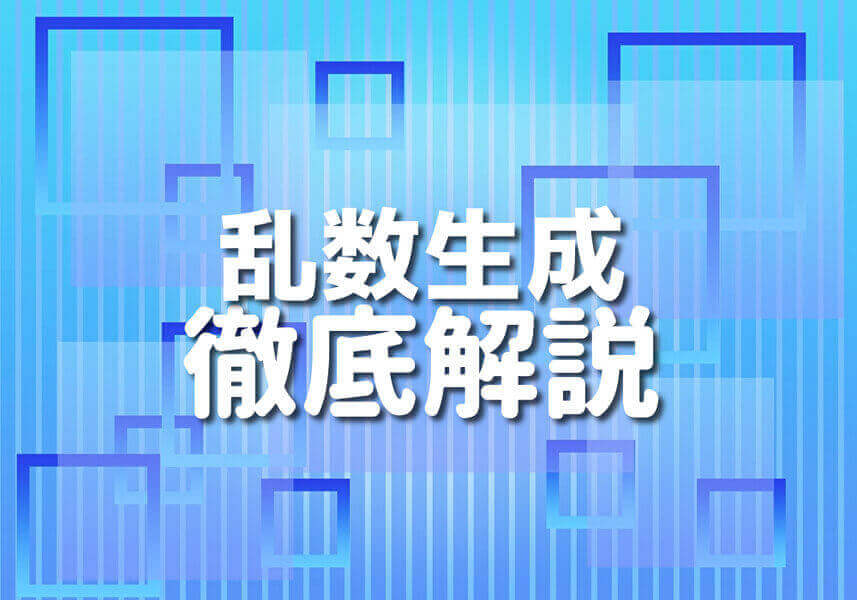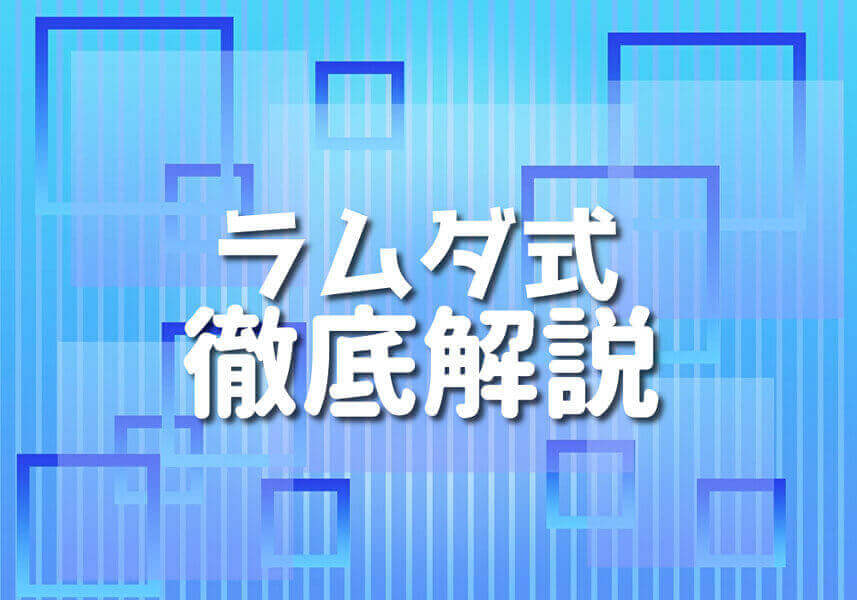はじめに
この記事を読めば、Swiftでラジオボタンの実装がスムーズに行えるようになります。
SwiftはiOSアプリの開発で広く利用されるプログラミング言語で、ラジオボタンはユーザーの入力を受け取るための一般的なUIコンポーネントです。
ここでは、Swiftの基本から、ラジオボタンの実装方法、カスタマイズ、注意点までを詳しく解説します。
Swiftに少しでも興味がある方、ラジオボタンの実装に悩んでいる方、ぜひ最後までご覧ください。
●Swiftとは
Swiftは、Appleが2014年に公開したプログラミング言語で、iOS、macOS、watchOS、tvOSといったAppleの各プラットフォームでのアプリ開発に利用されます。
その特長として、高速な実行速度や安全性、そして直感的な記述が挙げられます。
○Swiftの基本
Swiftの文法は、他の多くのプログラミング言語とは少し異なりますが、一度慣れれば非常に読みやすく、また書きやすい言語と言えるでしょう。
変数の宣言、条件分岐、ループ処理など、基本的なプログラミングの構文は他の言語と似ているため、すでに別の言語を学んでいる方は比較的スムーズに移行できるかと思います。
○SwiftでのUIコンポーネントの扱い
Swiftでアプリを開発する際、UIの設計は非常に重要です。
Swiftでは、StoryboardやSwiftUIを使用して、ビジュアルにUIをデザインすることが可能です。
特にラジオボタンのようなUIコンポーネントは、ユーザーとのインタラクションが必要となるため、正しく配置し、適切に機能を実装することが求められます。
後ほど、具体的なラジオボタンの実装方法を解説していきますが、まずはSwiftの基本やUIコンポーネントの概念を理解しておくと、スムーズに進められるでしょう。
●ラジオボタンの基本
ラジオボタンは、ユーザーに複数の選択肢から一つだけを選んでもらうためのUIコンポーネントです。
名前の由来は古いラジオのチャンネル選択ボタンから来ており、一つのチャンネルだけを選べることからこの名前が付けられました。
○ラジオボタンとは
ラジオボタンは、形としては小さな丸いボックスとその横に表示されるテキストで構成されています。
複数のラジオボタンが並べられ、一つだけが選択された状態になると、他のラジオボタンは非選択状態となります。
これにより、ユーザーは一度に一つの選択肢だけを選ぶことが可能となります。
例えば、性別の選択やアンケートの回答など、限定された選択肢から一つを選ばせたい場合に非常に便利です。
○ラジオボタンの使い方
Swiftでのラジオボタンの利用は、UIコンポーネントとしてのUIButtonをカスタマイズして実現します。
標準的なラジオボタンコンポーネントはiOSのUIKitには存在しないため、UIButtonを利用して、選択/非選択の状態を表現することが一般的です。
このコードではUIButtonを使ってラジオボタンのように動作するボタンを作成する方法を紹介しています。
この例では、ボタンがタップされると、選択状態が切り替わる動作を持たせています。
このコードを実行すると、画面中央に”未選択”と表示されたボタンが配置されます。
ボタンをタップすると、”選択”というテキストに変わり、再度タップすると”未選択”に戻るという動作をします。
●Swiftでのラジオボタンの実装
Swiftを使用したラジオボタンの実装は、UIKitのUIButtonを基本として行います。
ここでは、Swiftでのラジオボタンの基本的な実装から応用的な実装方法までを段階的に紹介します。
○開発環境のセットアップ
Swiftでのアプリ開発を行う前に、Xcodeという開発環境をセットアップする必要があります。
Xcodeは、Appleの公式サイトから無料でダウンロードできます。
最新のXcodeをダウンロードし、インストールした後、新しいプロジェクトを作成します。
プロジェクトのテンプレートとしては「Single View App」を選択し、言語として「Swift」を選択してください。
○サンプルコード1:ラジオボタンの基本的な作り方
このコードではUIButtonをカスタマイズして、ラジオボタンのように動作するボタンを作成しています。
この例では、ボタンがタップされるたびに選択状態が切り替わる動作を持たせています。
上記のコードを実行すると、中央に配置されたボタンが表示され、タップするたびに選択状態が切り替わる様子を確認できます。
○サンプルコード2:ラジオボタンのグルーピング
一般的にラジオボタンはグループ内で1つだけが選択できるようになっています。
この部分をSwiftで実現する方法を紹介します。
この例では、複数のボタンをグルーピングし、一つだけが選択される動作を確認できます。
上記のコードを動かすと、複数の選択肢から1つだけを選択できるラジオボタンのグルーピングが確認できます。
○サンプルコード3:ラジオボタンのスタイル変更
デフォルトのボタンのスタイルだけでなく、ラジオボタンの見た目をカスタマイズしたい場合もあるでしょう。
この部分では、ラジオボタンの背景色やテキストの色を変更する方法を紹介します。
上記のコードを実行すると、背景色が変更されたラジオボタンが表示されます。
また、選択状態時と非選択状態時でボタンのテキストの色が変わることも確認できます。
●ラジオボタンの応用例
ラジオボタンの基本的な使い方や実装方法に慣れたら、さらに高度な使い方やカスタマイズ方法に挑戦してみましょう。
ここでは、Swiftでのラジオボタンの応用例として、選択肢の動的生成、フォームとの連携、カスタムデザインの実装方法を紹介します。
○サンプルコード4:ラジオボタンでの選択肢の動的生成
このコードでは、APIやデータベースから取得したデータを元に、ラジオボタンの選択肢を動的に生成する方法を紹介しています。
この例では、配列内のデータをラジオボタンとして表示しています。
このコードを使用すると、画面には「選択A」、「選択B」、「選択C」という3つのラジオボタンが表示され、1つだけを選択できるようになります。
○サンプルコード5:ラジオボタンとフォームの連携
ラジオボタンは、フォーム内での選択肢を提示するためのUIコンポーネントとしても利用されます。
下記のコードは、ラジオボタンの選択内容をフォーム送信時に取得する方法を表しています。
上記のコードを実行すると、選択した性別の情報がselectedGender変数に格納されます。
○サンプルコード6:ラジオボタンのカスタムデザイン
デフォルトのラジオボタンのデザインだけでなく、自分のアプリに合わせたカスタムデザインも作成できます。
この部分では、ラジオボタンの外見を変更するカスタムデザインの実装方法を表しています。
このコードを使用すると、カスタムデザインのラジオボタンが表示され、タップするたびに選択状態が切り替わります。
●注意点と対処法
ラジオボタンの実装にあたり、知っておくべき注意点とその対処法を詳しく見ていきましょう。
正確な操作を保証するためには、これらのポイントを理解しておくことが不可欠です。
○ラジオボタンの選択肢の管理
ラジオボタンは複数の選択肢の中から1つだけを選択するUI要素です。
この性質上、選択されている選択肢を適切に管理することが重要です。
このコードでは、選択されているラジオボタンの選択肢を特定して管理する方法を紹介しています。
上記の例では、選択されたラジオボタンのテキスト内容をselectedChoice変数に格納しています。
○UIの更新とデータの同期
ラジオボタンのUIの更新と、それに関連するデータの同期は、一貫性を保つために非常に重要です。
このコードでは、ラジオボタンのUIとデータを同期させる方法を表しています。
上記のコードを実行すると、データとUIが同期して、選択されたラジオボタンのみが選択状態となります。
○エラーハンドリング
プログラムの中でエラーが発生する可能性は常に考慮する必要があります。
ラジオボタンに関しても、適切なエラーハンドリングを行うことで、ユーザーエクスペリエンスを向上させることができます。
この例では、ラジオボタンの選択時に発生する可能性のあるエラーをキャッチし、ユーザーに通知する方法を表しています。
このコードを使用すると、選択されたラジオボタンの選択肢が無効な場合、エラーメッセージが表示されます。
●ラジオボタンのカスタマイズ方法
ラジオボタンの視覚的な要素や動作を変更することで、ユーザーインターフェースをより魅力的にし、ユーザーエクスペリエンスを向上させることができます。
ここでは、Swiftを使用してラジオボタンをカスタマイズする方法を紹介します。
○サンプルコード7:ラジオボタンのアニメーション効果
アニメーションはUIの一部として非常に人気があります。
このコードでは、ラジオボタンが選択されたときにアニメーション効果を追加する方法を紹介しています。
上記のコードは、ラジオボタンがタップされたときに少し拡大してから元のサイズに戻るアニメーションを実行します。
○サンプルコード8:ラジオボタンのレイアウト変更
このコードでは、StackViewを使用してラジオボタンのレイアウトを効果的に配置する方法を表しています。
このコードを使用すると、ラジオボタンが縦に均等に配置され、それぞれの間には10ポイントのスペースが確保されます。
○サンプルコード9:ラジオボタンの色やサイズのカスタマイズ
ラジオボタンの色やサイズをカスタマイズすることで、アプリケーションのブランドやテーマに合わせることができます。
この例では、色とサイズのカスタマイズ方法を紹介しています。
上記のコードを使用すると、ラジオボタンの色が赤くなり、テキストのサイズが24ポイントになります。
●最適なラジオボタンの選び方
ラジオボタンは、アプリケーション内の選択肢を提示する際に非常に役立つUIコンポーネントです。
しかし、プロジェクトの要件やユーザーエクスペリエンスを考慮すると、すべてのラジオボタンが一貫しているわけではありません。
ここでは、どのような状況でどのようなラジオボタンを選択するかを判断する方法について説明します。
○プロジェクトに合ったラジオボタンのスタイル
ラジオボタンのデザインや動作は、アプリのテーマや目的に応じて変わることがあります。
例えば、シンプルなデザインのアプリケーションには、無駄のないクリーンなラジオボタンが最適であるかもしれません。
このコードでは、シンプルなデザインのラジオボタンを作成する方法を表しています。
この例では、タイトルの色を黒にし、フォントサイズを18に設定して、シンプルで読みやすいラジオボタンを作成しています。
○ユーザーエクスペリエンスの向上
ラジオボタンの選択はユーザーエクスペリエンスに大きく影響します。選択が明確で、ユーザーが選択した項目を容易に識別できることが重要です。
このため、選択されたラジオボタンは他のボタンとは異なる色やデザインにすることが一般的です。
このコードでは、選択されたラジオボタンを強調表示する方法を表しています。
上記のコードでは、ラジオボタンが選択されていない場合は背景色をlightGrayに、選択されている場合はblueに設定しています。
これにより、ユーザーは選択したラジオボタンを瞬時に識別することができます。
まとめ
Swiftでラジオボタンの実装とカスタマイズを学ぶことは、アプリケーションのユーザビリティを向上させるための鍵となります。
この記事を通じて、ラジオボタンの基本的な使い方から応用例、さらにはカスタマイズ方法までを解説しました。
重要なのは、常にユーザーエクスペリエンスを最前線に置き、アプリケーションの目的やデザインに合わせて最適なラジオボタンの選択やスタイルを適用することです。
Swiftは柔軟性が高く、多様なUIコンポーネントをサポートしています。
このため、ラジオボタンのカスタマイズや応用はほんの一例に過ぎません。
さらに深く学ぶことで、より多くのカスタマイズや応用の可能性を発見することができます。
最後に、Swiftのプログラミングスキルを向上させるためには、実際に多くのコードを書き、さまざまなUIコンポーネントや機能を試すことが不可欠です。
実践を通じて得られる経験は、理論だけでは得ることができない貴重なものとなります。






